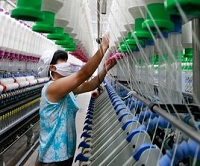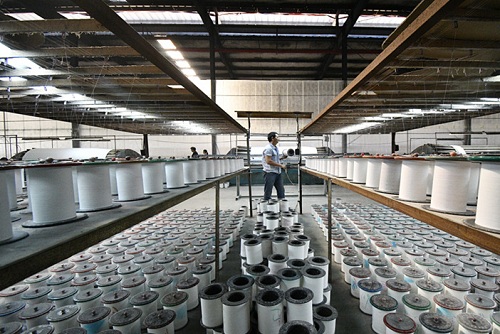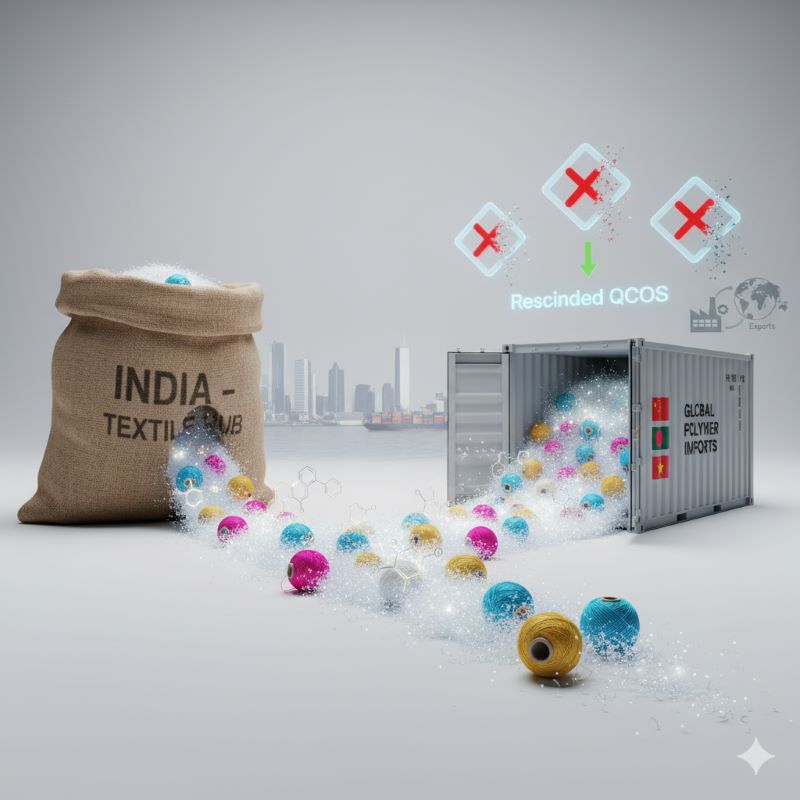 The current global economic scenario has compelled China to halt expansion plans. However, in the next five years, China plans to make its textile and clothing industry more sophisticated and technology-driven, reveals the 14th Five Year Plan released by the China National Textile and Apparel Council (CNTAC). In a Fash455 report, Sheng Lu, Associate Professor, Department of Fashion and Apparel Studies, University of Delware writes, China plans to step up investment in domestic textile and apparel market in the next five years. The country aims to increase its annual clothing retail sales to over $415 billion by 2025.
The current global economic scenario has compelled China to halt expansion plans. However, in the next five years, China plans to make its textile and clothing industry more sophisticated and technology-driven, reveals the 14th Five Year Plan released by the China National Textile and Apparel Council (CNTAC). In a Fash455 report, Sheng Lu, Associate Professor, Department of Fashion and Apparel Studies, University of Delware writes, China plans to step up investment in domestic textile and apparel market in the next five years. The country aims to increase its annual clothing retail sales to over $415 billion by 2025.
Creating more textile unicorns
China also plans to increase its textile fiber manufacturing output to 50 per cent of the global output by 2025. In 2020, China’s textile fiber output accounted for 50 per cent of the world’s total output at 58 million ton. China aims to maintain this growth rate and prioritize textile manufacturing over apparel manufacturing.
textile fiber output accounted for 50 per cent of the world’s total output at 58 million ton. China aims to maintain this growth rate and prioritize textile manufacturing over apparel manufacturing.
China also plans to support the development of more companies with annual sales revenue of over RMB 10 million by 2025. In its previous Five Year Plan, China had looked to develop 50 such companies. However, the pandemic clipped its plans, and the country now aims to develop only 40 such companies. However, for this to materialize, China needs strong policy support and sufficient time period.
Focusing on value-addition and sustainability
China has set its sight on industrial upgradation by increasing R&D investments. The country plans to improve the quality and sophistication of its products by engaging in more value-added functions in the supply chain. Another goal is to make textile and apparel industry ‘greener’ and more sustainable. In the next five years, China aims to reduce its energy consumption per unit of industrial value-added to 13.5 per cent and carbon emissions to 18 per cent. It aims to increase manufacturing of recycled fibers to 15 per cent of its total fiber output to build a circular economy and contribute to China’s climate change policy.
Eyeing more FDI and improved labor skills
China will also leverage the Belt and Road Initiative and other outbound FDI projects over the next five years. From 2015-20, the country’s FDI investments in the textile and apparel sector exceeded $6.7 billion. As per CNTAC, 26.6 per cent of this investment was made in neighboring South East Asian countries including Vietnam, Cambodia, Thailand, Lao, and Myanmar. The country also plans to increase its labor productivity by stepping up investments in skill development initiatives for laborers.












